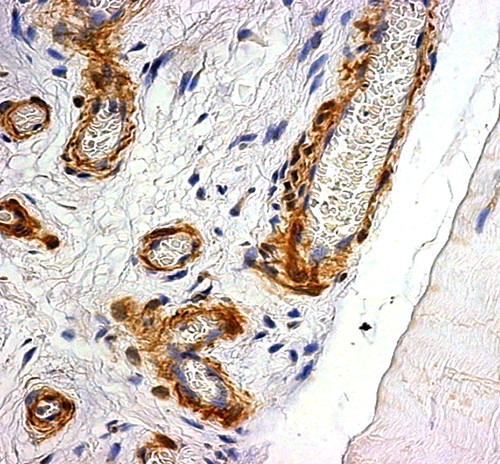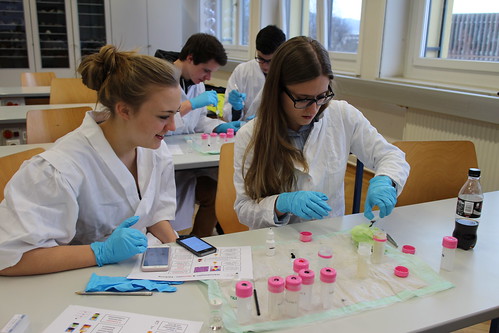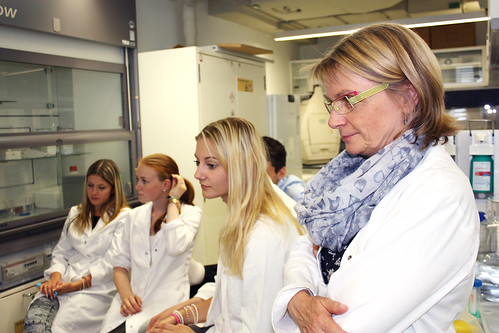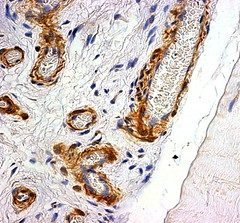Tendons and Nutrition
The Influence of Diet on the Musculoskeletal System
Tendons are connective tissues that attach muscles to bones and enable the transmission of the mechanical force generated by muscle contraction to bones. The great tensile strength of tendons is made possible by the hierarchical organisation and the amount of collagenous fibers within the tissue, which are remarkably tough and strong. Very often sporting or industrial accidents result in injuries of the musculoskeletal system, tendons frequently being affected. For example, the rupture of a soccer player’s Achilles tendon or a rotator cuff tear after a sudden motion when trying to lift something heavy. Unfortunately, when damaged, tendons heal more slowly compared to muscles or bone and the full recovery of a tendon injury can be a lengthy process.
Often the ability of tendons to withstand stress decreases as we age and next to intrinsic factors (e.g. weight, sex, chronic illness, etc.), extrinsic factors (e.g. lifestyle, excessive loading, job, nutrition, etc.) can cause a decrease in tendon quality. Recent studies suggest that increased blood glucose levels can result in impaired tendon structure and function. Interestingly, our research group located at the Paracelsus Medical University has identified an insulin-producing cell type in tendons, which may have a role in the pathophysiology of diabetic tendinopathy.
The aim of the current project was to study the influence of nutrition, particularly a glucose-rich diet, on the macro- (i.e. extracellular matrix) and microstructure (i.e. tendon cells) of tendon tissue using molecular biological, histological, and biomechanical methods of analysis. Several of these investigations were carried out together with the students of the “Europa-und Bundesgymnasium Salzburg-Nonntal (Karlheinz-Böhm-Gymnasium)” and students of the „Bundesgymnasiums & Bundesrealgymnasiums Hallein”. Therefore, the students had the opportunity to conduct scientific work, providing them with a realistic snapshot how to plan and execute a scientific experiment and how to analyse the results.
In summary, the aim of the funded project was to understand by what mechanisms an increased blood glucose level influences the cellular and molecular features of tendon tissue. The gained insight could then serve as the scientific basis for a conservative therapy (e.g. a specific diet) to positively influence the functional recovery of injured tendons.
This project is already completed.
 Schools
Schools
 Partners from Economy and Society
Partners from Economy and Society
 Scientific institutions
Scientific institutions




